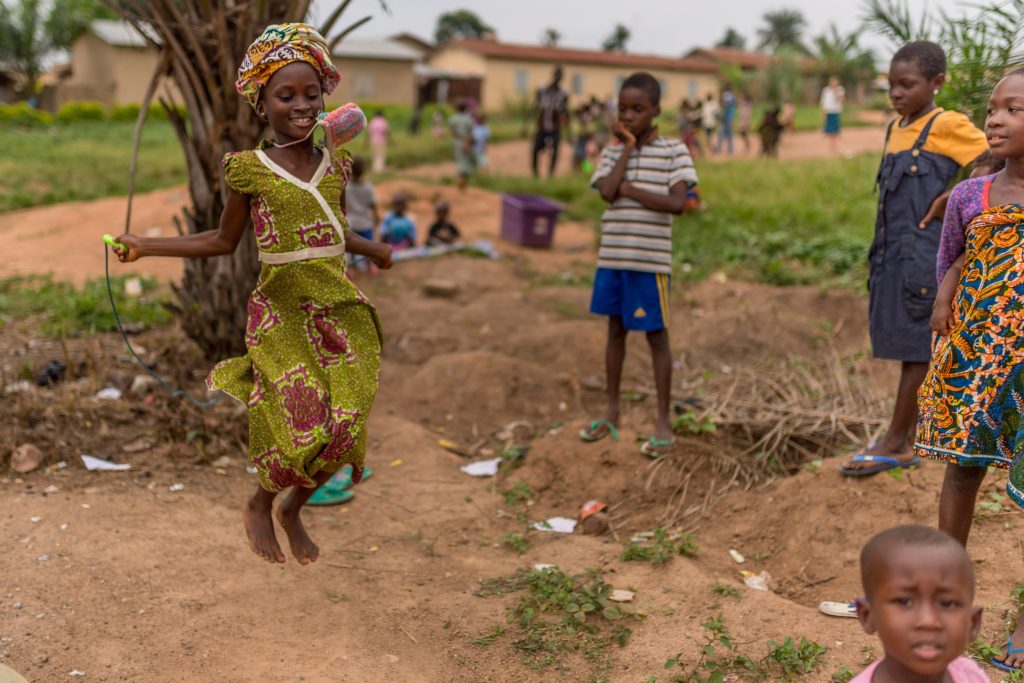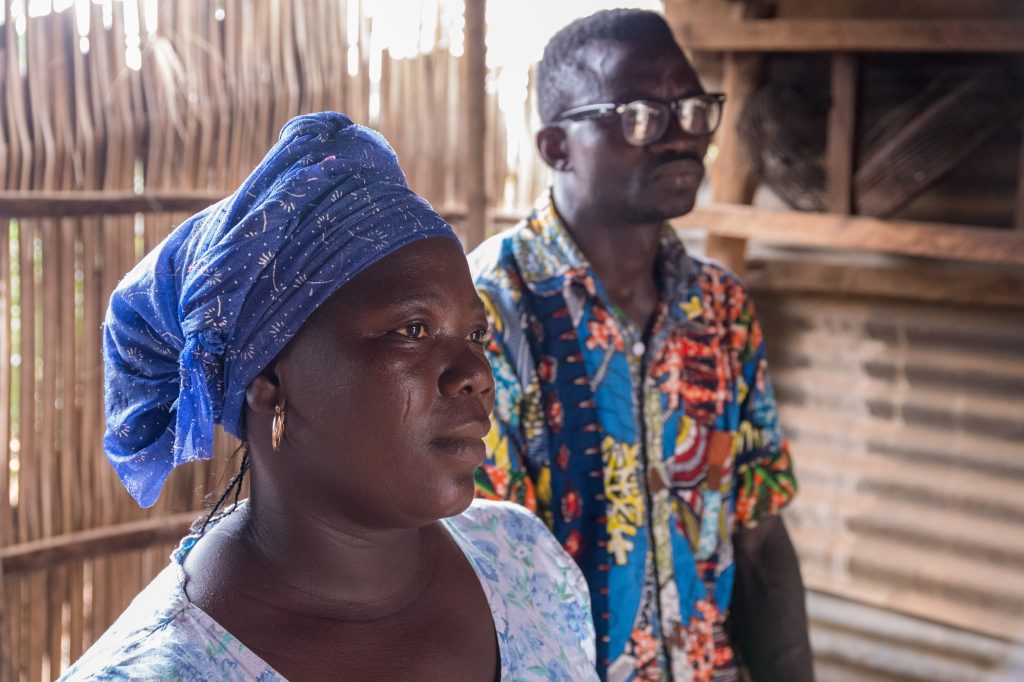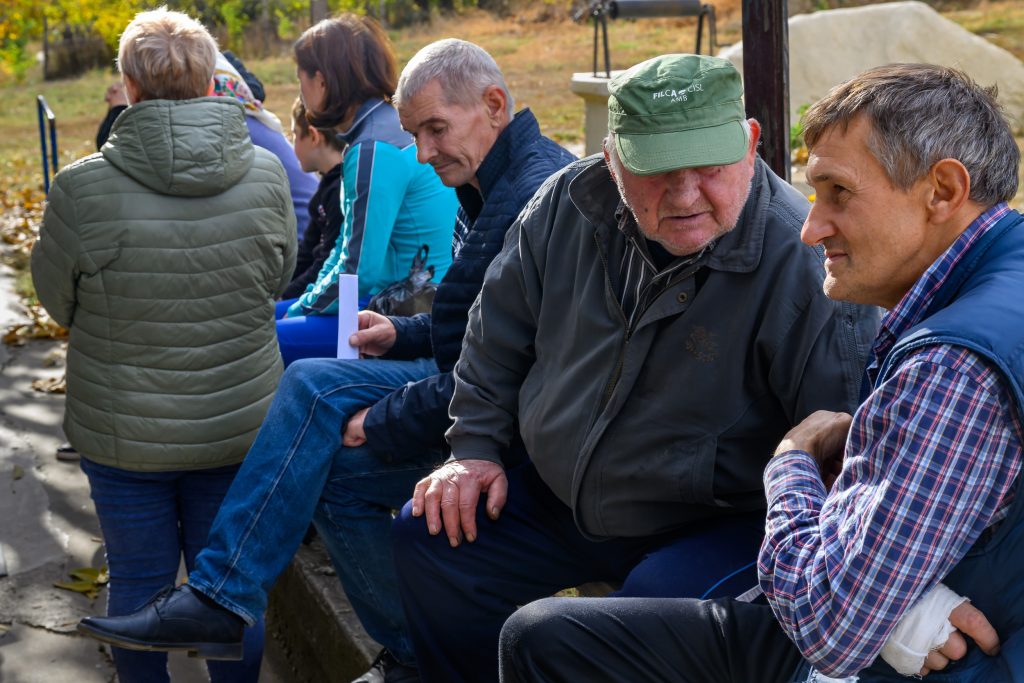In today’s world, where visual content is consumed at an unprecedented rate, capturing and holding people’s attention is more challenging than ever. As photographers, we wield a powerful tool: our camera. But to truly stand out and make a lasting impact, we need more than technical skills and creative flair. We need to harness the art of storytelling.
Why Storytelling Matters
Storytelling has been a fundamental part of human culture since the dawn of time. It’s how we make sense of the world, share experiences, and connect with others on a deeper level. In photography, storytelling transforms images from mere snapshots into compelling narratives that evoke emotions, spark curiosity, and invite viewers to engage with the scene on a more profound level.

Asking the Right Questions
Strong storytelling photos do more than capture a moment; they ask the audience questions. They invite viewers to ponder the emotions and actions depicted. Questions like:
- Why are they happy?
- Why are they sad?
- What are they doing?
- What’s happening next?
By provoking these questions, you create a sense of mystery and intrigue, drawing the audience into the story. This engagement is what makes your photos memorable and impactful.

The Photographer’s Journey: Asking “Why?”
To create resonant storytelling photos, photographers must ask themselves a crucial question: Why am I taking this photo? This question is the foundation of your storytelling journey. Here’s how to navigate this journey:
- Identify the Story: Before picking up your camera, think about the story you want to tell. Is it a story of joy, struggle, triumph, or sorrow? Understanding the narrative will guide your creative decisions.
- Capture Emotion: Emotions are at the heart of every great story. Look for moments that convey strong feelings and capture them in a way that allows viewers to experience those emotions, too.
- Focus on Details: Sometimes, the smallest details can tell the most powerful stories. A tear rolling down a cheek, a hand reaching out, or a shared glance can speak volumes. Pay attention to these moments and use them to enrich your narrative.
- Compose with Purpose: Composition plays a vital role in storytelling. Think about how you frame your subjects, using light and shadow, and the elements you include or exclude from the shot. Every choice should serve the story you want to tell.
- Create Context: Provide context to your story by capturing the main subjects and their surroundings. The environment can add layers of meaning and help viewers understand the broader narrative.
- Seek Authenticity: Authenticity is key to storytelling. Candid moments often tell more compelling stories than posed shots. Strive to capture genuine interactions and real emotions.

Enhancing Your Storytelling Skills
Continuous learning and practice are essential to becoming a master storyteller with your camera. Here are some tips to help you enhance your storytelling skills:
- Study Great Storytellers: Look at photographers known for their storytelling work. Analyze their photos and try to understand how they convey emotions and narratives.
- Practice Mindfulness: Be present in the moment and observe everything around you. This mindfulness will help you notice the subtle details that make a story come to life.
- Experiment with Techniques: Don’t be afraid to try new techniques and approaches. Experimenting can lead to unexpected and powerful storytelling opportunities.
- Solicit Feedback: Share your work with others and seek constructive feedback. Understanding how others perceive your photos can provide valuable insights into how effectively you’re telling your stories.

Conclusion
Storytelling is a powerful tool that can elevate your photography to new heights. You can create images that resonate deeply with your audience by asking the right questions and focusing on the “why” behind your photos. Remember, the key to impactful storytelling lies in capturing emotions, paying attention to details, composing with purpose, providing context, and staying authentic. As you hone your storytelling skills, you’ll find that your photos capture attention and leave a lasting impression.
So, the next time you lift your camera to your eye, ask yourself, “Why am I taking this photo?” Let that question guide you, and watch as your storytelling prowess transforms your photography into a powerful medium for connection and expression.

